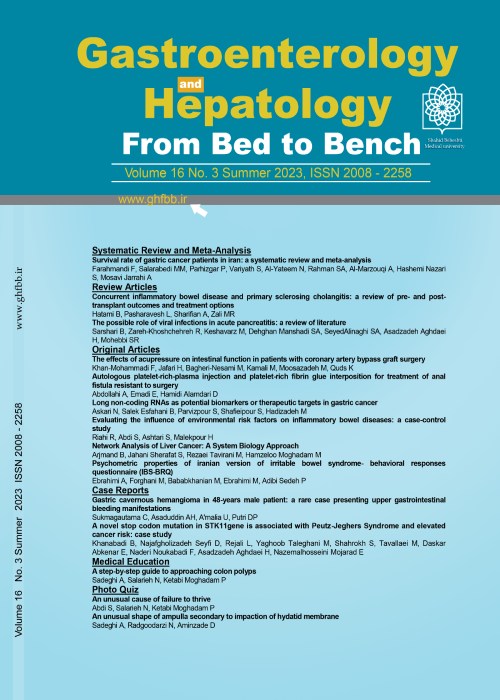Clinical profile of patients with seronegative celiac disease
This study aimed to determine the clinical profile of patients with seronegative celiac disease (SNCD).
Celiac disease (CD) is mainly diagnosed based on positive serology and duodenal mucosal atrophy, but some patients have negative serology. Their diagnosis has some limitations; delays in diagnosis are likely accompanied by a poor prognosis and a high risk of developing complications of CD.
In this retrospective study, 1115 patients were evaluated for CD with mucosal atrophy between 2010 to 2020. SNCD diagnosis requires genetic CD predisposition and improvement of both clinical symptoms and regrowth of duodenal villi after 12 months of a gluten-free diet (GFD) for all patients with IgA deficiency, other IgG-based serology for diagnosis of celiac was done and if these antibodies were negative, consider them as possible SNCD. If they had positive DQ2-DQ8 and improvement of clinical symptoms and mucosal atrophy after 12 months of GFD were confirmed SNCD.
Of the 1115 study subjects, 27 had SNCD, 1088 had SPCD with a mean age of 29.7±15.7 years (1 to 76 years) in seropositive celiac disease (SPCD) subjects and 37.1±16.3 years (6 to 63 years) in SNCD participants and 19 female patients with SNCD were presented. The BMI of SNCD and SPCD patients were reported 23.9 and 21.4, respectively. In addition, SPCD subjects were more likely but not statistically significant to have a positive family history. Villous atrophy was shown in 100% SNCD and 95.6% SPCD cases. Scalloping and fissuring in duodenal biopsies were reported in 60% of SNCD and 84.5% of SPCD patients. There was some other cause of seronegative villous atrophy including 3 patients with Crohns disease, 2 with common variable immunodeficiency, 2 drug and one patient with peptic duodenitis. Anemia, neurological symptoms, and liver function tests (LFT) abnormality were common extra intestinal manifestations in SNCD individuals. Levels of Thyroid peroxidase (TPO), TSH were measured, it had been detected that SNCD cases had a higher rate of co-occurrence with thyroid diseases also SPCD cases showed a higher rate of co-occurrence with diabetes.
Among patients with celiac disease 2.4% are SNCD. SNCD are older than SPCD at the time of diagnosis and have higher BMI. Most common of cause of seronegative enteropathy also is SNCD followed by inflammatory bowel disease (IBD) common variable immunodeficiency (CVID), medication use, and duodenitis, in this area.
- حق عضویت دریافتی صرف حمایت از نشریات عضو و نگهداری، تکمیل و توسعه مگیران میشود.
- پرداخت حق اشتراک و دانلود مقالات اجازه بازنشر آن در سایر رسانههای چاپی و دیجیتال را به کاربر نمیدهد.


